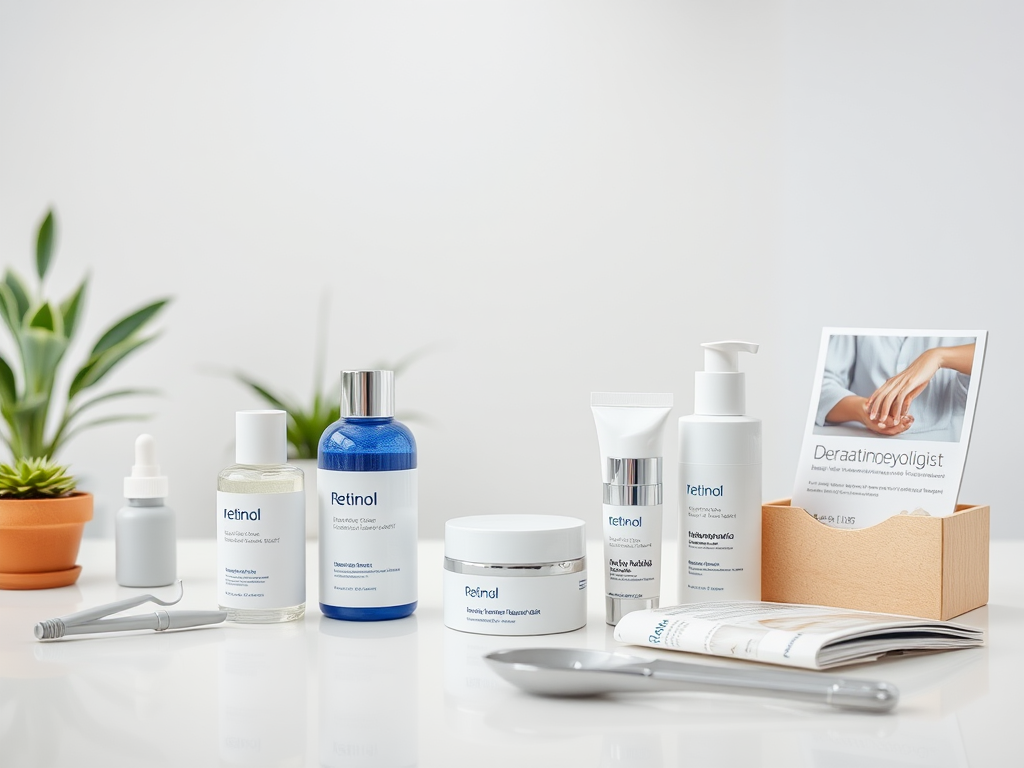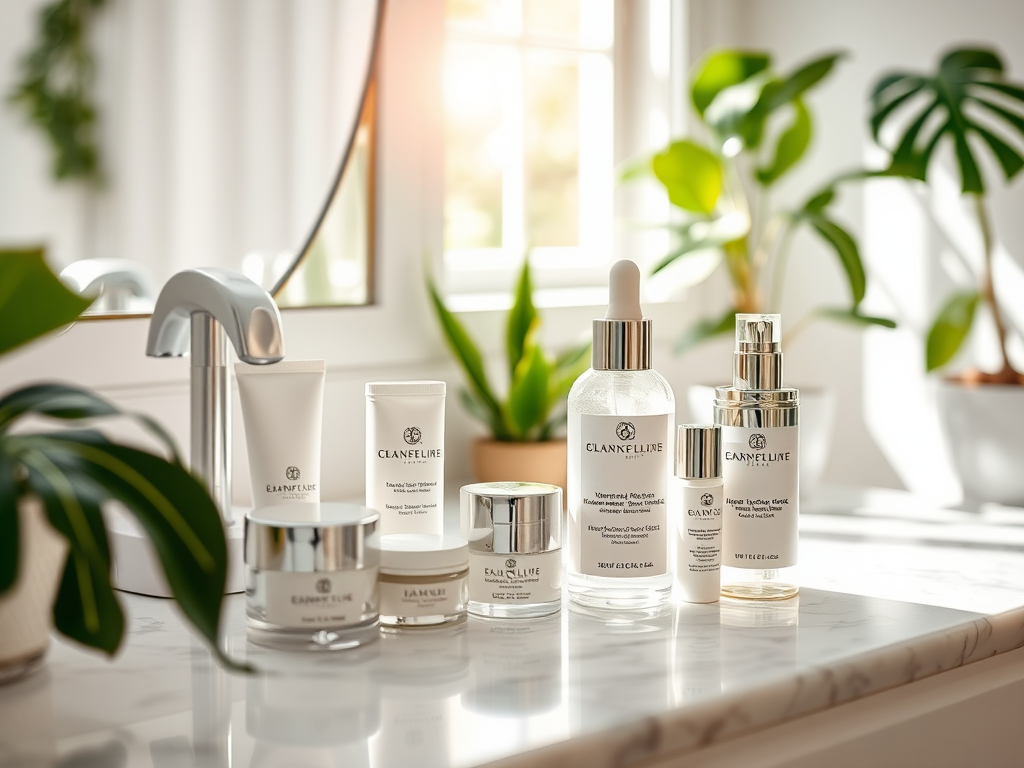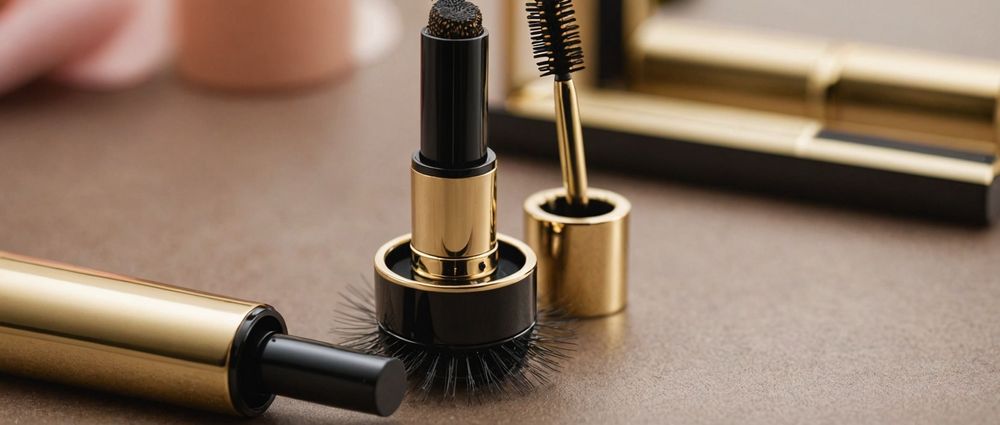In the ever-evolving world of skincare, two ingredients have garnered considerable attention: retinol, a powerhouse of skin renewal, and hyaluronic acid, known for its remarkable hydration properties. These components are often touted for their individual benefits but their combined prowess can be truly transformative for your skin. However, mixing the two requires a comprehensive understanding of how they interact and what to consider to achieve optimal results. Delving into this topic not only aids in refining your skincare regimen but also ensures that your skin receives the best care possible without compromising its integrity.
As you embark on this journey to mix retinol and hyaluronic acid, it’s crucial to grasp the basics of each ingredient. Retinol, derived from vitamin A, is renowned for its ability to combat fine lines, wrinkles, and uneven skin tone. On the other hand, hyaluronic acid is a naturally occurring substance that excels in maintaining skin hydration and elasticity. Together, they can create a synergistic effect that amplifies the benefits each offers. But before slathering them on your face, let’s explore the intricate dance of these two skincare heroes.
Understanding Retinol

Retinol has become a staple in the skincare industry for its numerous benefits to skin health. Known for its role in promoting cell turnover, retinol helps eradicate dead skin cells while encouraging new cell production. This process significantly aids in reducing the appearance of fine lines, combating acne, and improving overall skin texture. While many individuals can benefit from incorporating retinol into their routines, it does come with potential side effects like dryness, peeling, and irritation, particularly for those with sensitive skin.
The suitability of retinol largely depends on skin type. For instance, individuals with oily or acne-prone skin may find retinol particularly beneficial, as it helps to unclog pores and reduce the likelihood of breakouts. However, those with dry or highly sensitive skin may need to take a cautious approach. Introducing retinol gradually into a skincare regimen is often recommended, allowing the skin to adapt to its powerful effects.
The Role of Hyaluronic Acid

Hyaluronic acid, on the other hand, is a hydrating agent that can hold up to 1,000 times its weight in water, making it an essential ingredient for maintaining skin moisture. Its primary function is to attract and retain water in the skin, providing a plump and youthful appearance. As skin ages, its natural hyaluronic acid levels deplete, leading to dryness and loss of elasticity. Regular application of this ingredient can counteract these effects by offering intense hydration.
Not only does hyaluronic acid hydrate, but it also supports skin barrier function. This is crucial in protecting the skin from external aggressors, which can lead to premature aging or further damage. Moreover, the versatility of hyaluronic acid means that it comes in various forms, such as sodium hyaluronate and hydrolyzed hyaluronic acid, each offering different benefits for skin types and conditions.
The Science Behind Mixing Retinol and Hyaluronic Acid
When considering the combination of retinol and hyaluronic acid, understanding their interaction is key. Retinol often causes dryness or flakiness as it accelerates cell turnover, while hyaluronic acid works to mitigate these side effects by providing essential moisture. This makes the pairing particularly advantageous for those prone to retinol-induced irritation. By using hyaluronic acid alongside, you can enhance the tolerability of retinol, allowing you to reap its benefits without discomfort.
| Ingredient | Primary Benefit | Best For |
|---|---|---|
| Retinol | Cell turnover, reduces wrinkles | Aging, acne-prone skin |
| Hyaluronic Acid | Hydration, skin elasticity | Dry, dehydrated skin |
The integration of these two ingredients can yield a remarkably effective skincare routine. However, it’s essential to remain cautious and monitor your skin’s response to prevent any adverse reactions. Consider the timing and application methods when layering these products to reap the best results.
Timing and Application Methods
Effective application of retinol and hyaluronic acid can make a world of difference in your skincare routine. Some users prefer layering, where they apply retinol followed by hyaluronic acid, while others find mixing both products beneficial. Understanding the nuances of your skin will help you determine the best approach. Here are a few suggestions for both methods:
- For layering, apply retinol first, allowing it to absorb for 20-30 minutes before applying hyaluronic acid.
- If you choose to mix, ensure both products are compatible with your skin type to avoid irritation.
- Always apply hyaluronic acid to damp skin for enhanced absorption and locking in moisture.
Moreover, it’s crucial to consider the order of application for optimal results. Applying retinol at night can prevent potential sun sensitivity associated with retinoids, while hyaluronic acid can be used both day and night to maintain hydration levels throughout the day. Adjusting your routine based on your skin’s unique needs is vital for maximizing benefits.
Who Should Use This Combination?
The combination of retinol and hyaluronic acid can be incredibly beneficial, yet it is not a one-size-fits-all approach. Individuals with oily or combination skin, who require effective oil control and hydration, may find this pairing particularly advantageous. Alternatively, those with dry or sensitive skin should approach with caution, starting with lower concentrations of retinol or looking for formulations designed for sensitive skin.
- Ideal for: Aging skin, acne-prone skin, and those seeking hydration.
- Not recommended for: Pregnant individuals or those with extremely sensitive skin.
- For sensitive skin: Start with hyaluronic acid first, introducing retinol only after your skin adjusts.
Understanding your unique skin type can guide you on whether this combination is right for you and how to implement it safely. Always consult with a dermatologist if you’re unsure about combining these powerful ingredients.
Conclusion
Mixing retinol and hyaluronic acid can yield exceptional results, provided you’re mindful of application methods and skin sensitivity. By balancing the cell-renewing properties of retinol with the hydrating effects of hyaluronic acid, you can optimize your skincare regimen. Remember, your skin is your canvas; treating it with care and appropriate techniques will lead to a radiant and youthful appearance. So, equip yourself with knowledge and embrace the beauty of these dynamic ingredients in harmony.
Frequently Asked Questions
- Can I use retinol and hyaluronic acid together every day? Yes, but it’s important to introduce retinol gradually and monitor your skin’s response.
- Will mixing retinol and hyaluronic acid reduce retinol’s effectiveness? No, hyaluronic acid can enhance the efficacy of retinol by providing moisture.
- What should I do if I experience irritation when using retinol? Consider reducing the frequency of application or consult with a dermatologist for personalized advice.
- Is it safe to use retinol and hyaluronic acid during pregnancy? It’s generally recommended to avoid retinol during pregnancy; consult with a physician before using any active ingredients.
- How often should I apply hyaluronic acid with retinol? Typically, you can apply hyaluronic acid daily, but it’s crucial to assess how your skin feels and adjust accordingly.



